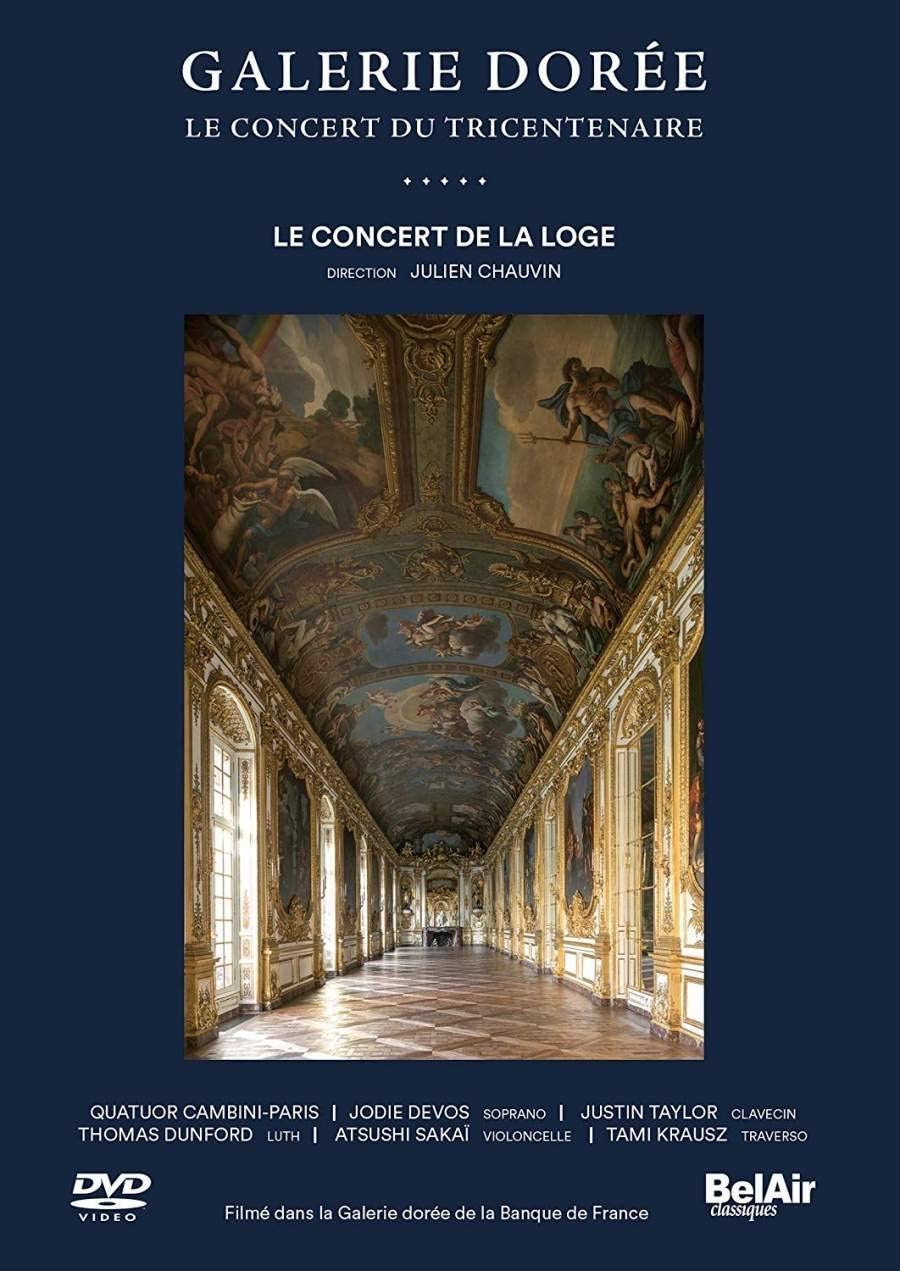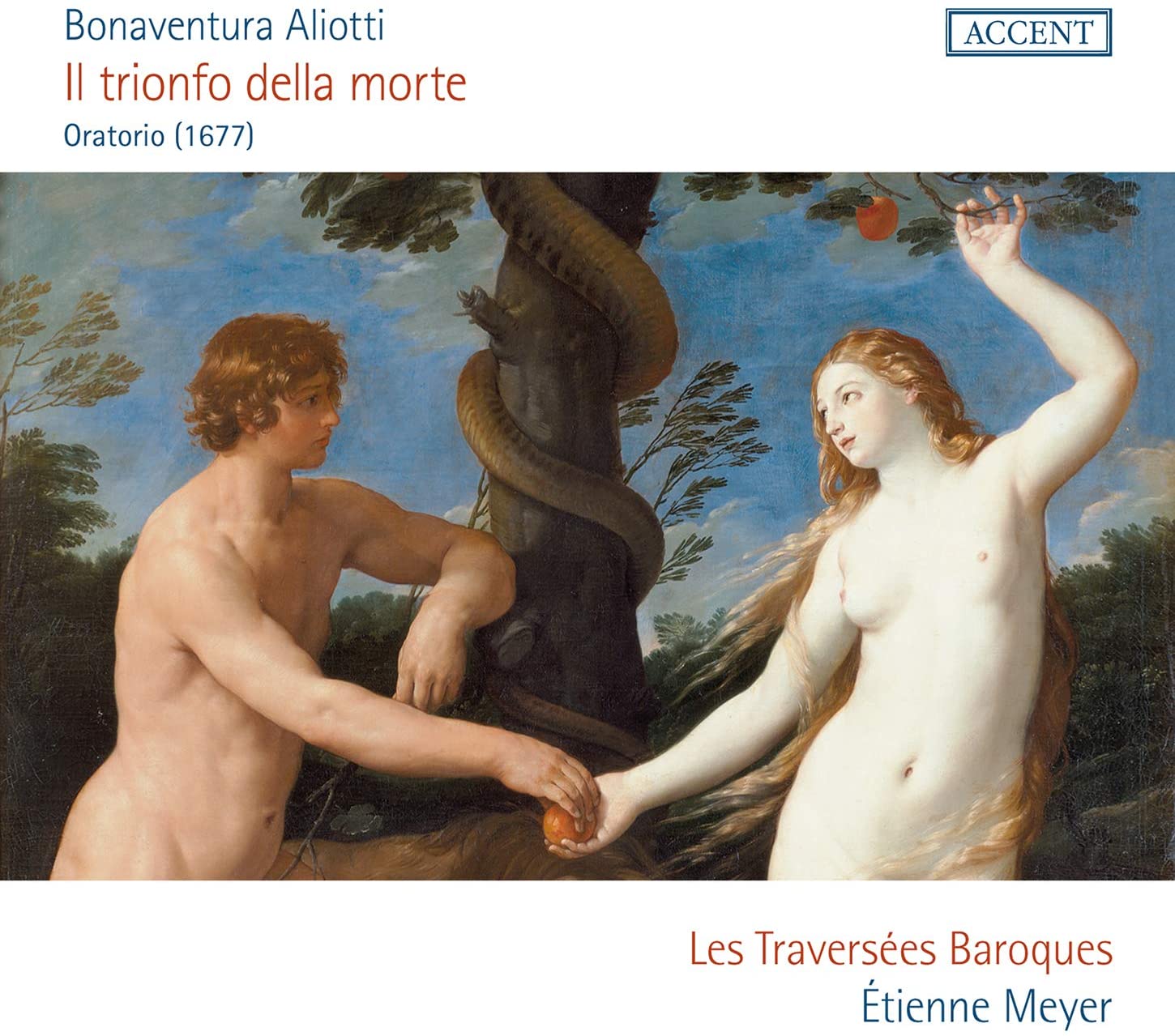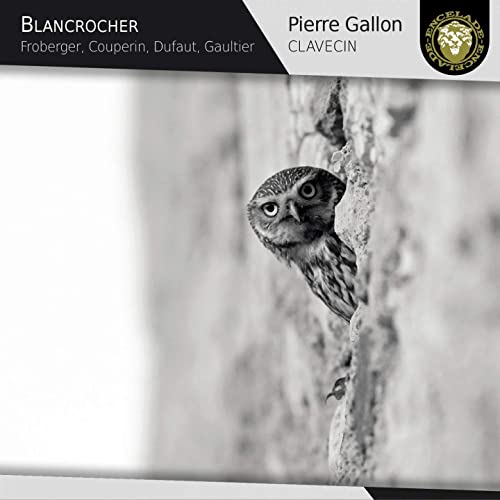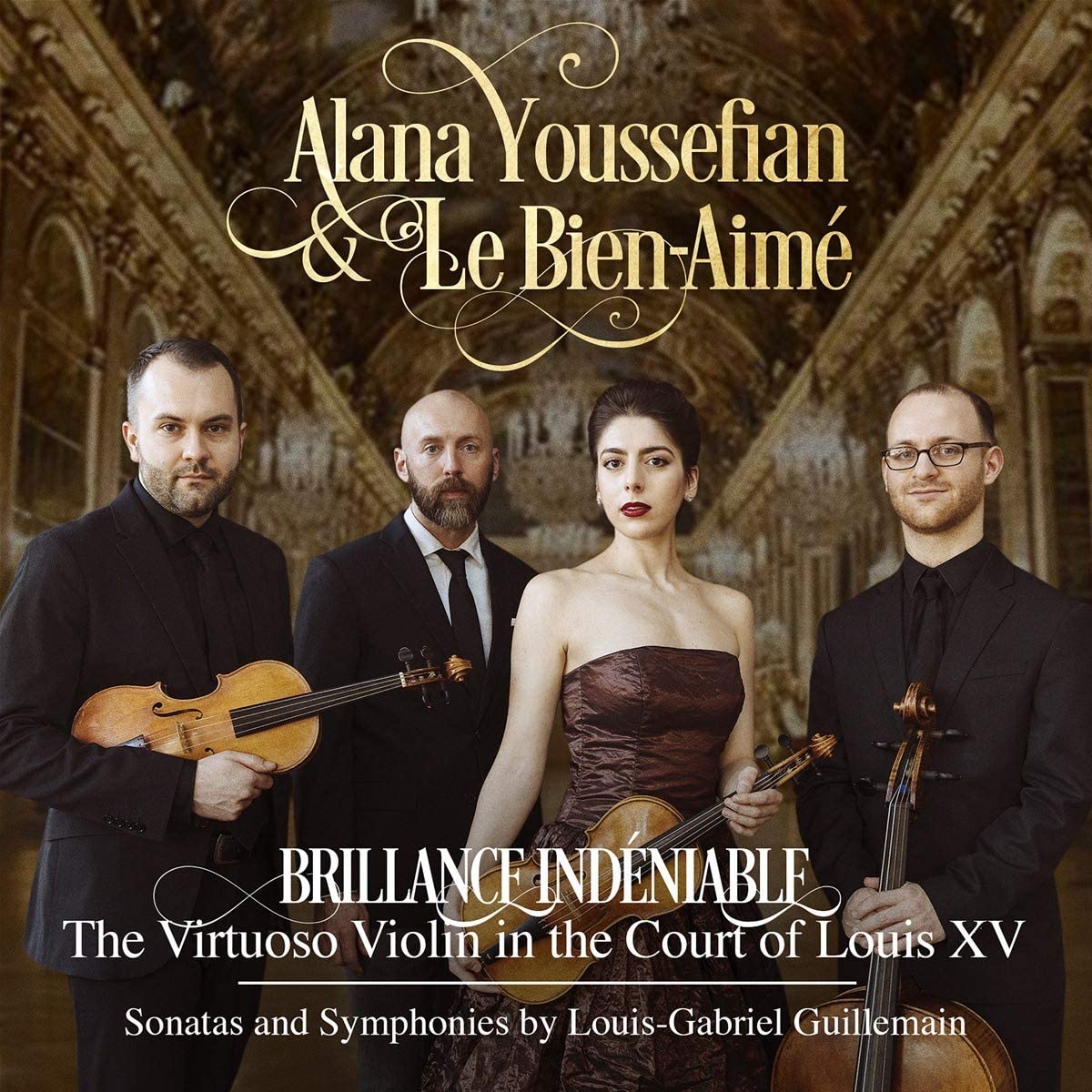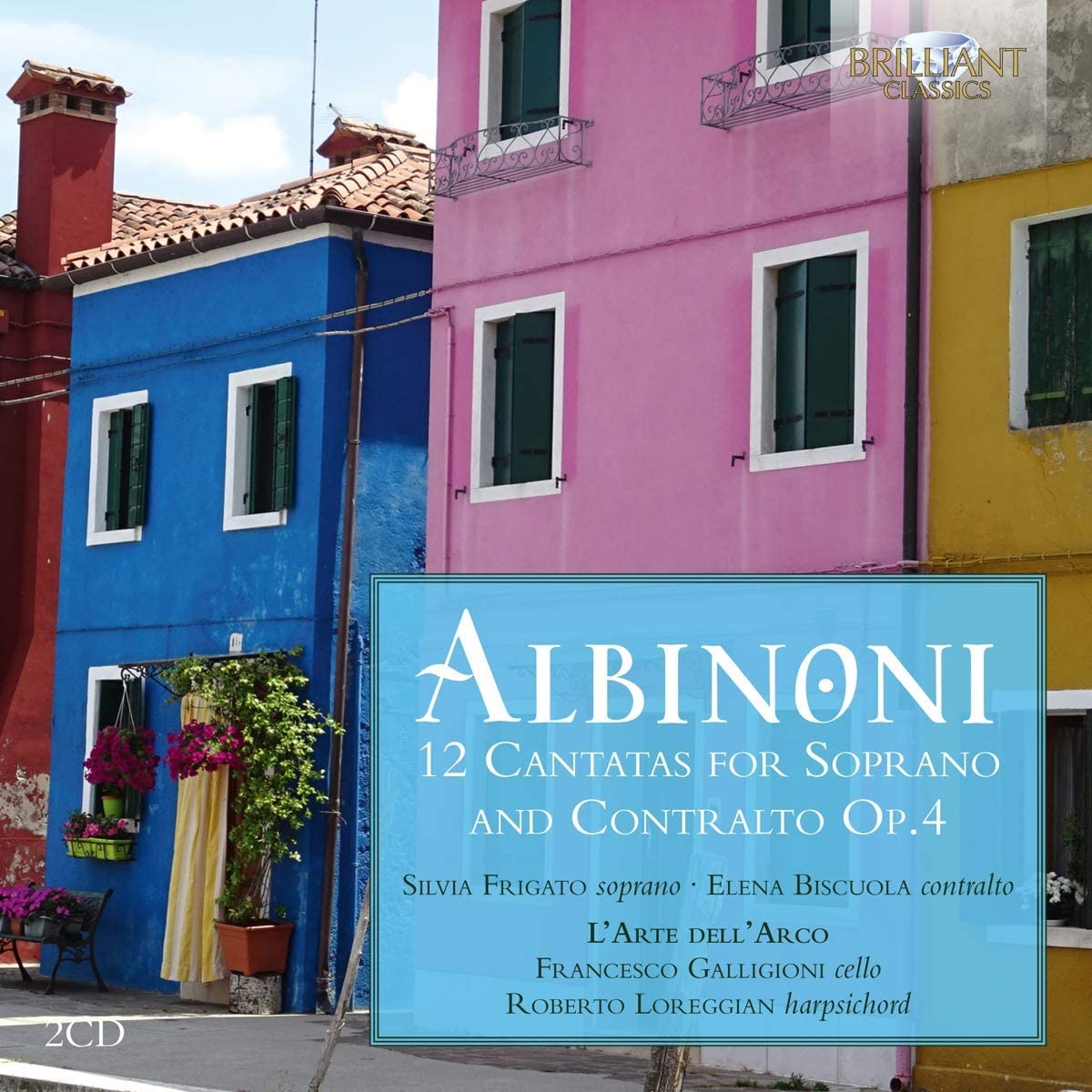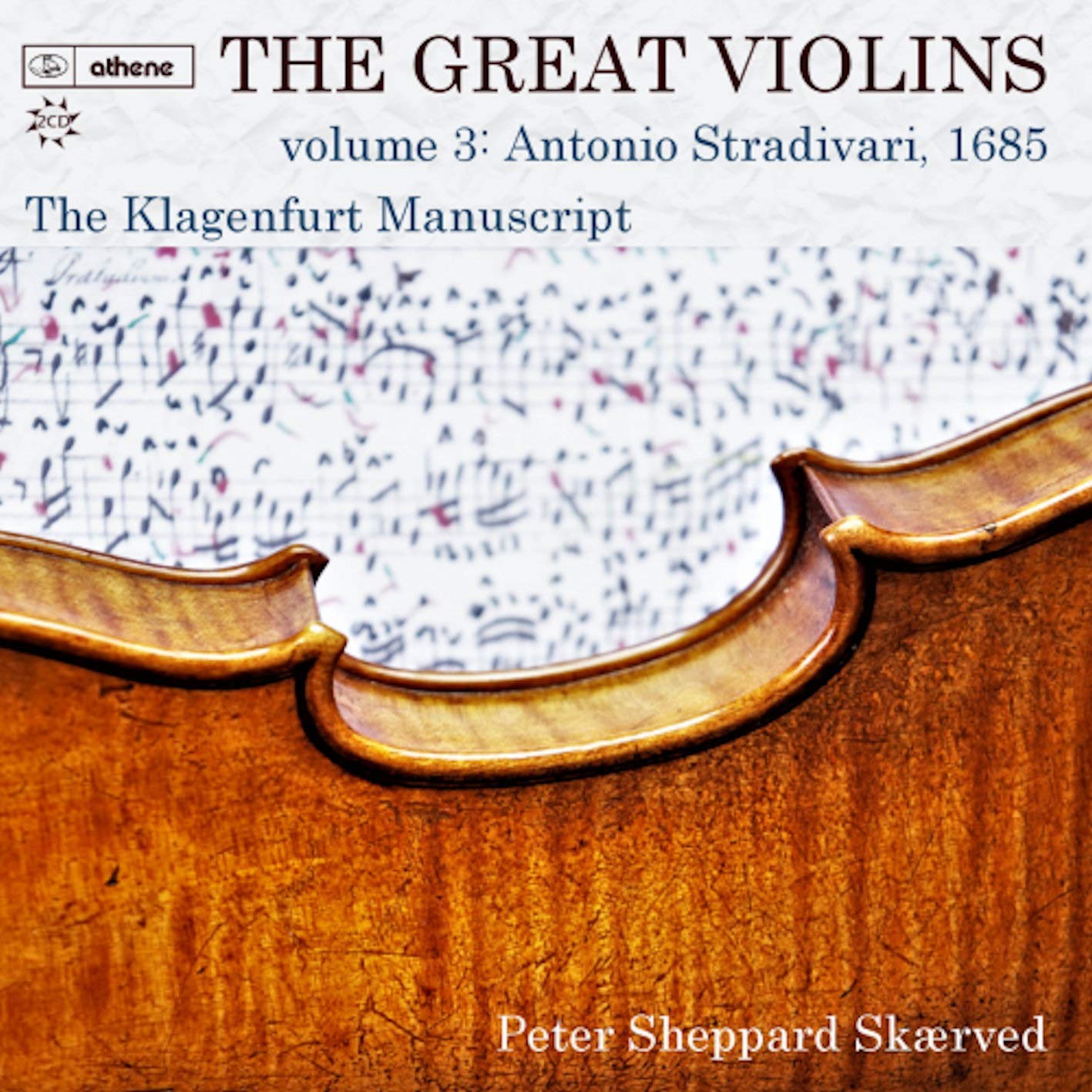Le concert du Tricentenaire
Le Concert de la Loge, Julien Chauvin
+ Quatuor Cambini-Paris, Jodie Devos, Justin Taylor, Thomas Dunforn, Atsuschi Sakaï, Tami Krausz
77:00
BelAir classiques BAC171 (DVD) BAC571 (BluRay)
Click HERE to buy this on amazon.co.uk
The Banque de France’s Galerie Dorée was constructed in the late 1630s and then refurbished and refashioned 1714-1719. This DVD marks the 300th anniversary of that undertaking. There are many splendid pictures both on the bank’s own website and online generally.
The contents of the disc are partly a film of a commemorative concert, partly an exhibition of the building’s decorative artwork and partly a tour of the building itself with musicians playing in spectacular surroundings. But, for me, the whole enterprise doesn’t quite come up to the mark on any of those counts. Filming the concert was clearly problematic as the long thin venue with the orchestra halfway down the long side offered no opportunities for decent camera positions, and as far as the building and the art are concerned the shots are not really long enough to appreciate the detail of what we are being shown. Yes, the accompanying book is very informative and lavishly illustrated but you can’t look at that and the screen, and if you pause the picture for study you also pause the music. In addition, the book doesn’t deal with the music in the order in which it is played but the order in which we encounter the art in the building. I also found the camera work too fiddly (and not always well aimed) and the editing not particularly skilful, and there were times when imperfect coordination of sound and vision made me think I might not be hearing the performance I was seeing.
As noted above, the main gallery where the concert took place is long and thin and the orchestral items are filmed here mostly with the audience present though sometimes without. This latter option was a mistake as the rows of empty red chairs in the background look pretty awful. Surely they could have been removed? There are no such visual issues with the other venues which, with more space and fewer performers, look very much better.
The music itself is inspired by the art, which is a reasonable enough idea, though it does mean we get ‘movements from’ rather than complete works. The repertoire is enterprising though: when did you last hear a movement from an early Haydn symphony or a string quartet movement by Félicien David (terrific viola playing in this)? All the playing has much gusto and the live audience clearly loved what they got. But class will out, and, for me, in currently sunny Surrey (UK) the solo harpsichord Couperin and Rameau steal the show.
David Hansell
